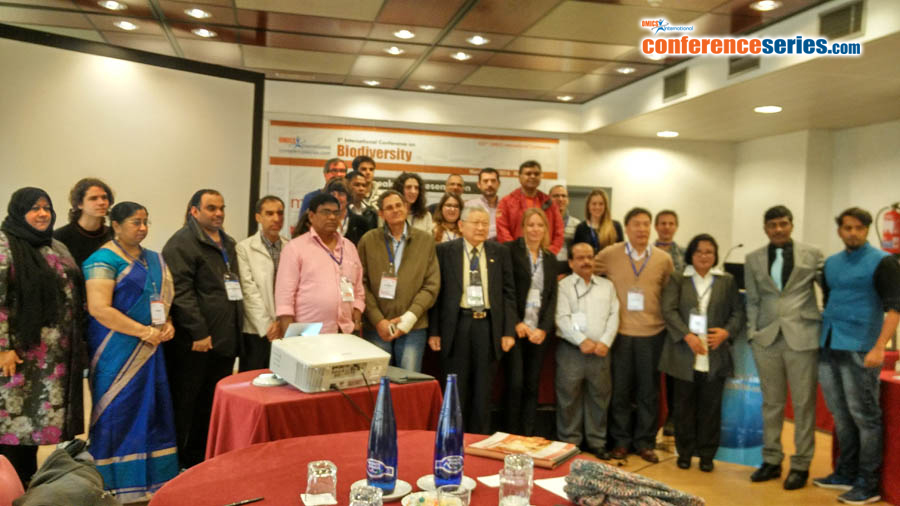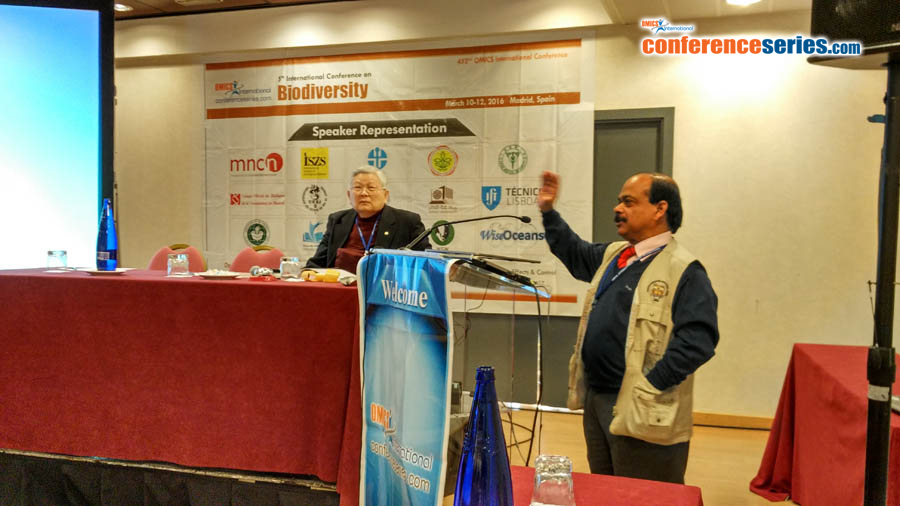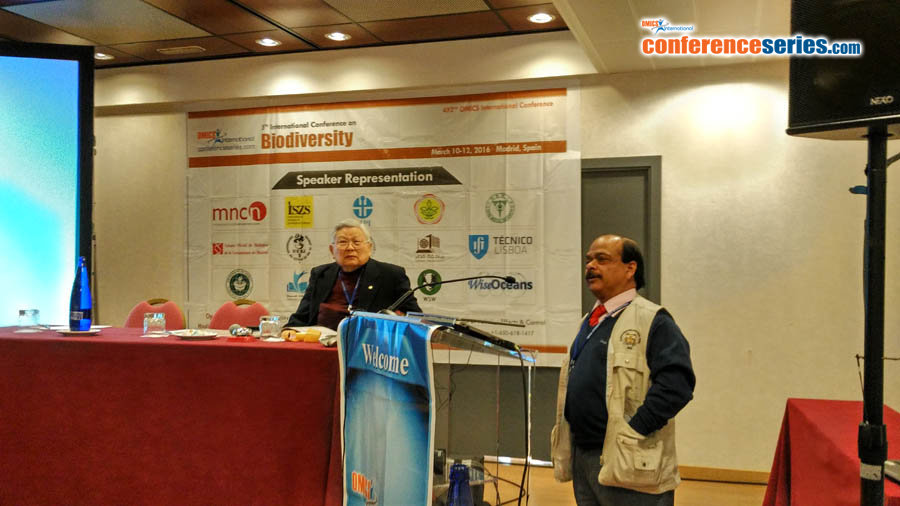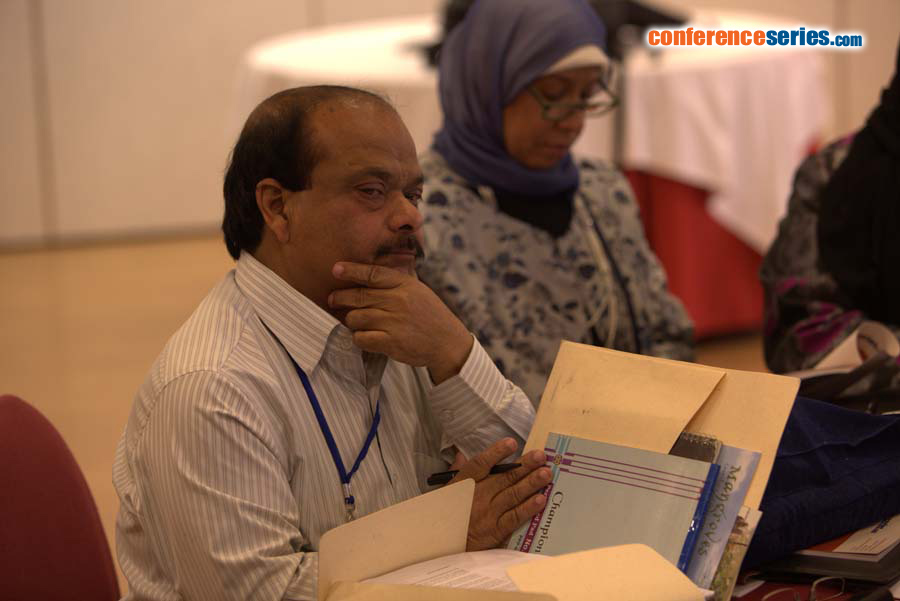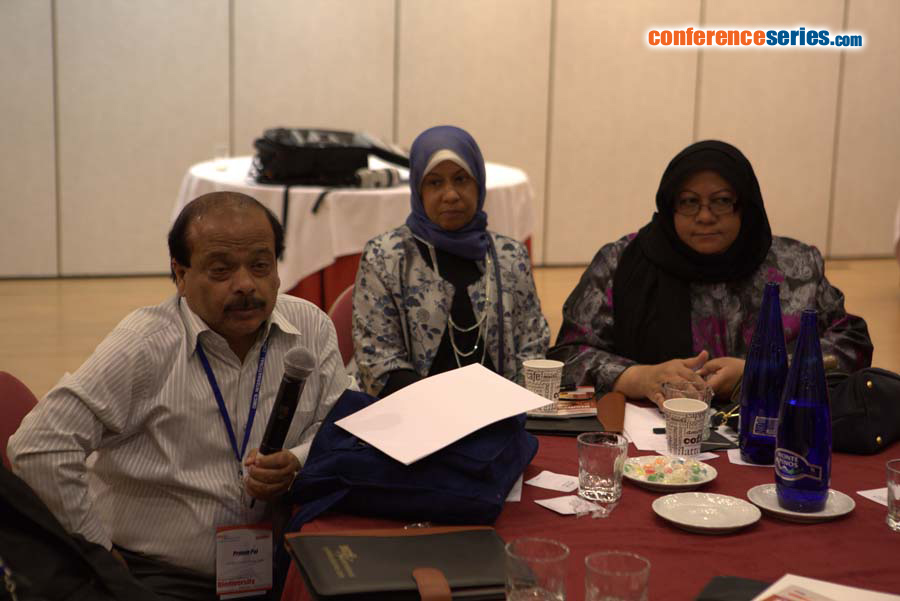
Pranab Pal
Wildlife Institute of India, India
Title: Managing biodiversity with emphasis on sustainable development
Biography
Biography: Pranab Pal
Abstract
Biodiversity makes our lives both pleasurable and probable. No one knows precisely how many species arise in our world. According to specialist, the total number of species on earth is in between 10 million to 80 million. We have been capable to procure only 1.4 million species so far. India has a flora of its own and 15000 species are widespread in this region. However biodiversity loss is continuing as a serious worry in many countries including India. Human population increase, indefensible consumerism, augmenting liberate of waste and pollutants, urbanization, international conflicts and unfairness in distributing wealth and resources are presently being viewed as reasons to ameliorate environmental problems as well as to make sure the potential of life on earth. Biodiversity is an umbrella expression of acceptance numbers, assortment and variability of living organisms, the sum total of genetic materials within the organisms and the ecosystems in which they exist. Asia was most horribly affected in terms of casualties owing to natural disasters. 65% of those killed in 2012 were Asians. Study conducted by specialists showed that 70% of worldwide genetic diversity of crop plants has already been extinct during the last century owing to preface of elevated yielding and hybrid varieties of crops. Pollution has risen in numerous developing countries including India with elevated economic growth, as superiority of environment is ignored in favor of economic achievement. According to Global Ecology and Biogeography, global warming will make quite a lot of species of lizard extinct within the next 50 years. In India, biodiversity is critical not only because it provides benefits as well as services indispensable for human endurance, but also for the reason that it is unswervingly associated with the livelihoods by improving socio-economic conditions of millions of population, consequently contributing to sustainable development in addition to scarcity alleviation.

